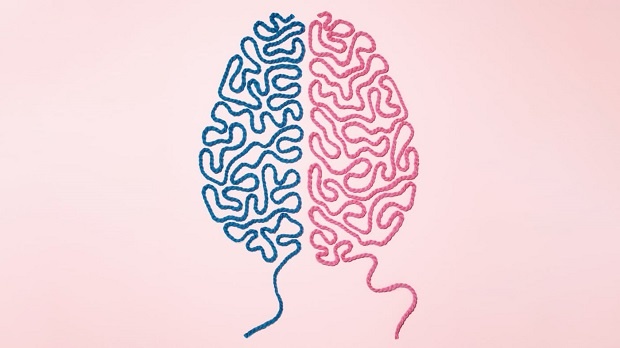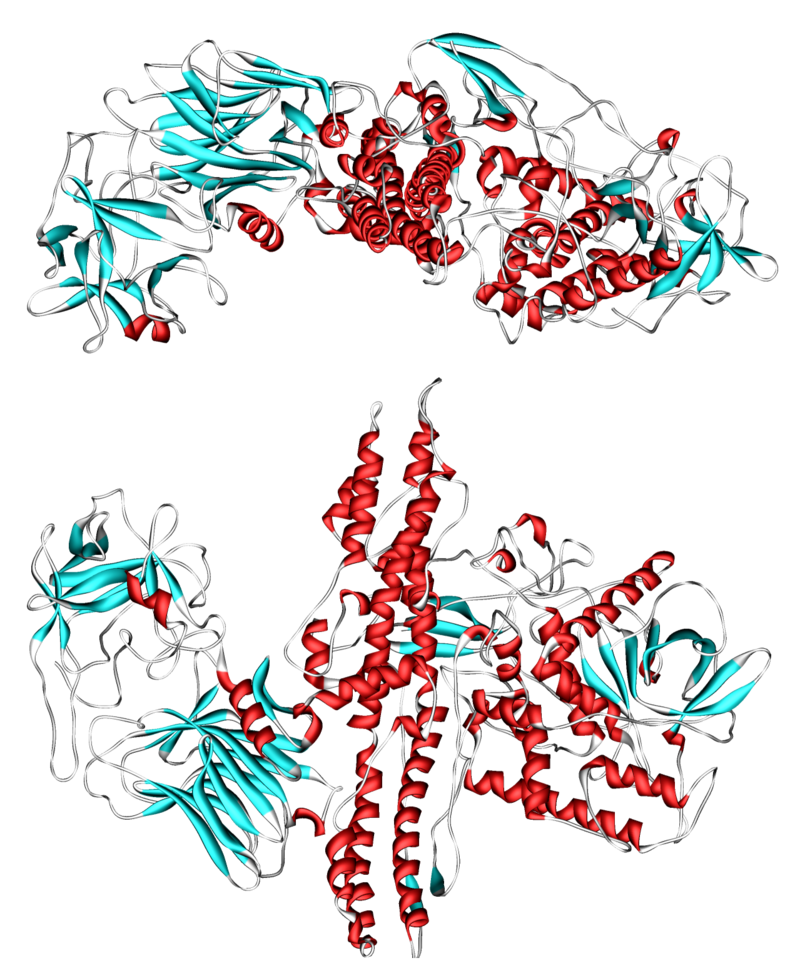Thực trạng chẩn đoán và quản lý bệnh nhân teo cơ tủy tại Việt Nam
Vũ Chí Dũng, Nguyễn Ngọc Khánh
Bệnh viện Nhi Trung ương
Khoa Di truyền lâm sàng và Liệu pháp phân tử,
Trung tâm Nội tiết, Chuyển hóa, Di truyền và Liệu pháp phân tử
Tóm tắt
Teo cơ tủy là bệnh thần kinh cơ di truyền lặn nhiễm sắc thể thường (5q13). Tỷ lệ mới mắc bệnh là 1/10.000 trẻ đẻ sống và tần số người mang gen trong cộng đồng là 1/50. Bệnh được chia thành 4 thể dựa trên tuổi khởi phát và khả năng vận động. Thể I (bệnh Werdnig-Hoffmann), các triệu chứng xuất hiện từ lúc sinh đến 6 tháng tuổi và chiếm tỷ lệ lớn (khoảng 60%); thể II triệu chứng bắt đầu từ 6 đến 12 tháng tuổi; thể III (bệnh Kugelberg-Welander) thường khởi phát bệnh từ 2 đến 15 tuổi; và thể IV thường khởi phát ở người lớn. Nguyên nhân của bệnh là do thoái triển các nơron vận động alpha của sừng trước tủy sống. Bệnh nhân mắc bệnh có mất đoạn đồng hợp tử exon 7 gen SMN1 mã hóa cho protein sống còn của neuron vận động (chiếm 98% bệnh nhân SMA). Trước năm 2016, bệnh nhân chỉ được điều trị triệu chứng với sự phối hợp đa chuyên khoa: phục hồi chức năng, hô hấp, dinh dưỡng, di truyền, thần kinh. Một số thuốc điều trị đặc hiệu đã được Cơ quan Quản lý Thực phẩm và Dược phẩm Hoa Kỳ phê duyệt: nusinersen (Spinraza) năm 2016, và liệu pháp gen trị liệu Zolzensma năm 2019 hiện mang lại hiệu quả cải thiện khả năng vận động, hô hấp và chất lượng sống của bệnh nhân SMA, mặc dù khả năng tiếp cận thuốc còn hạn chế. Dữ liệu bệnh nhân SMA được chẩn đoán, điều trị và quản lý tại Bệnh viện Nhi Trung ương trong 20 năm (2002-2022) bao gồm 721 bệnh nhân. Trong số này có 191 bệnh nhân được chẩn đoán trong 5 năm gần đây (2016-2021). Phân bố các thể lâm sàng của 191 bệnh nhân bao gồm: 66 (34,6%) thể I; 86 (45,1%) thể II, và 39 (20,3%) thể III. Tiền sử gia đình có 42 (22%) trẻ có anh/chị em ruột mắc SMA. Tuổi chẩn đoán trung vị của thể I, II và III tương ứng là 4,5 tháng; 2 tuổi và 5,5 tuổi. Tiến triển bệnh nhân SMA thể I nặng nhất: 87,2% tử vong với tuổi trung vị 10,5 tháng do viêm phổi và suy hô hấp; 53% SMA thể III ngồi có hỗ trợ; 56,4% SMA thể III không đi được. Tỷ lệ cong vẹo cột sống thể I, II và III lần lượt tương ứng là 75%, 74% và 56%. Liệu pháp gen thay thế (gene replacement therapy) cho bệnh nhân mắc SMA được bắt đầu từ tháng 2.2021. Đến nay đã có 23 bệnh nhân được điều trị bằng phương pháp này. Trong báo cáo này, kết quả ban đầu về cải thiện vận động, các tác dụng phụ cũng sẽ được đề cập.
Abstract
Update on Diagnosis and Management of patients with Spinal Muscular Atrophy in Vietnam
Spinal Muscular Atrophy (SMA) is a neuromuscular disease caused by a loss or mutation in the survival motor neuron 1 gene (SMN1) on chromosome 5q13, which leads to reduced SMN protein levels and a selective dysfunction of motor neurons. SMA is an autosomal recessive, early childhood disease with an incidence of approximately 1:10,000 live births and carriers is 1:50 in the population. Disease severity and clinical prognosis depends on the number of copies of SMN2. SMA is conventionally classified into 4 phenotypes on the basis of age of onset and highest motor function achieved. SMA Type 1 patients present with symptoms within the first 6 months of life and by definition never attain independent sitting. In contrast, SMA Type 2 manifests within the first 18 months of life and follows a slower disease progression as compared to SMA Type 1. Children with SMA Type 2 are able to maintain sitting unassisted but never walk independently and have a life expectancy of 20-40 years of age. SMA Type 3 patients attain the ability to walk unaided (Type 3a have onset <3 years of age; Type 3b have onset > 3 years of age). SMA Type 4 is an adult onset form of the disease. Recent therapeutic advances have given hope to families and patients by compensating for the deficiency in survival motor neuron (SMN) protein via gene therapy or other genetic manipulation. 721 Vietnamese patients with SMA during 20 years (2002-2022) were diagnosed and managed at the Vietnam National Children’s Hospital in Hanoi. Among them, 191 cases were diagnosed during recent 5 years (2016-2021). Subtypes distribution of 191 patients were 66 (34.6%) type I, 86 (45.1%) type II and 39 (20.3%) type III. The family history showed 42 (22%) children had a sibling with SMA. The diagnosed age of types I, II and III was 4.5 months, 2 years and 5.5 years, respectively. Progression of SMA type I was the most severe: 87.2% died at medium age of 10.5 months result from pneumonia and respiratory failure. 53% SMA type III were assisted sitting. 56.4% SMA type III did not walk. The scoliosisrate of SMA type I, II and III were 75%, 74% and 56%, respectively. In this report, the outcome of 23 patienst who received gene replecement therapy will be highted.
Tài liệu tham khảo
1. Farrar MA, Kiernan MC. The Genetics of Spinal Muscular Atrophy: Progress and Challenges. Neurotherapeutics. 2015;12(2):290-302.
2. Ross LF, Kwon JM. Spinal Muscular Atrophy: Past, Present, and Future. Neoreviews. 2019;20(8):e437-e451.
3. Schorling DC, Pechmann A, Kirschner J. Advances in Treatment of Spinal Muscular Atrophy – New Phenotypes, New Challenges, New Implications for Care. J Neuromuscul Dis. 2020;7(1):1-13.
4. Albrechtsen SS, Born AP, Boesen MS. Nusinersen treatment of spinal muscular atrophy – a systematic review. Dan Med J. 2020;67(9).
5. Hoy SM. Onasemnogene Abeparvovec: First Global Approval. Drugs. 2019;79(11):1255-1262.
6. Waldrop MA, Elsheikh BH. Spinal Muscular Atrophy in the Treatment Era. Neurol Clin. 2020;38(3):505-518.
7. Williams L. Spinal Muscular Atrophy in the Age of Gene Therapy. AACN Adv Crit Care. 2020;31(1):86-91.



